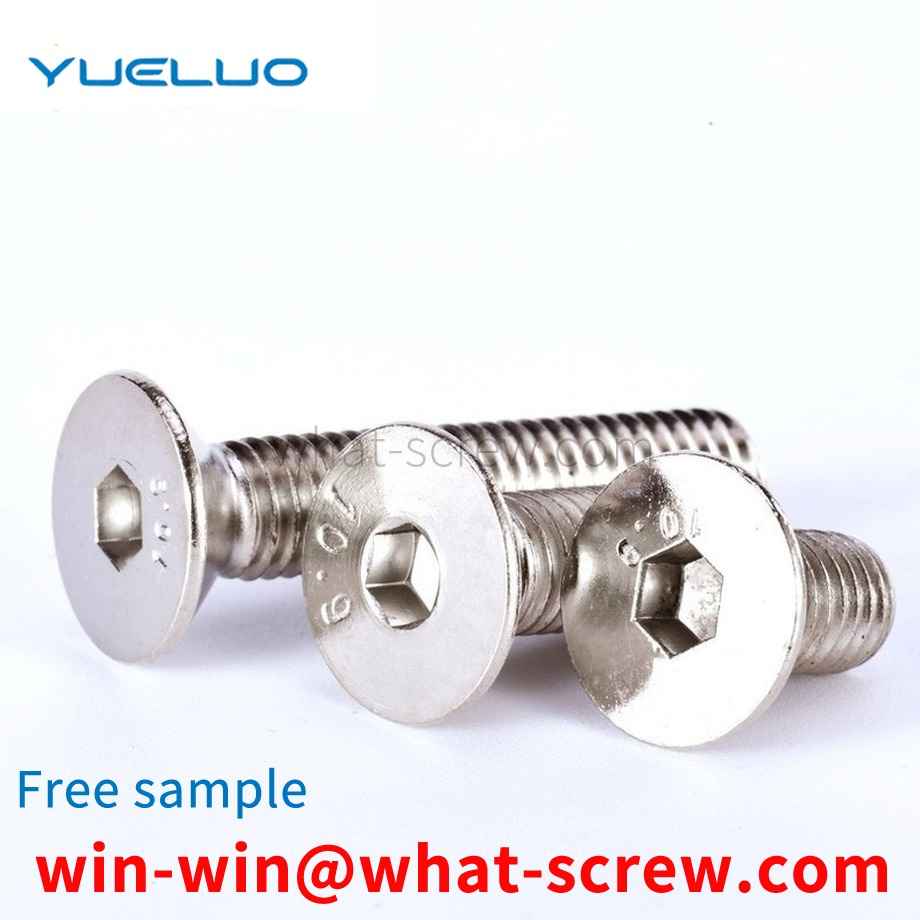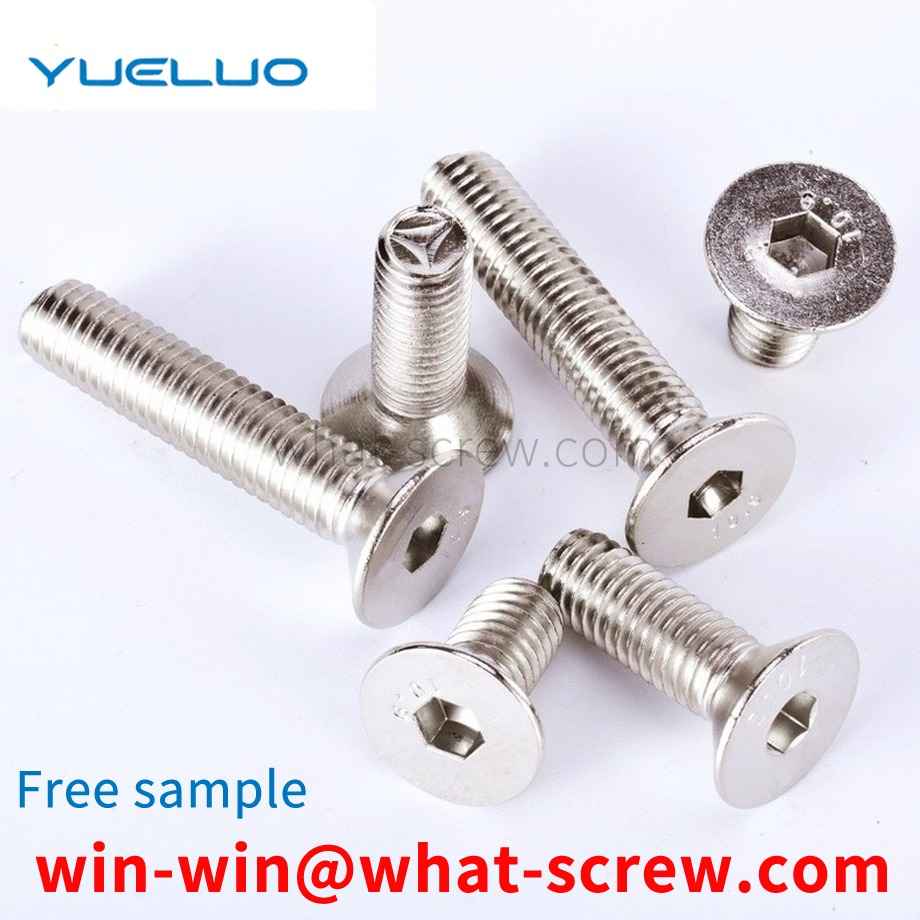Many customers ask what is the difference between a rivet nut and a rivet nut, and how to use it? Let's take a look at the difference between a rivet nut and a rivet nut with Yueluo. First of all, in terms of appearance, you can look at the differences in appearance. In terms of appearance, the difference between the rivet nut and the pressure rivet nut is still very big, but their main functions are almost the same. They all provide threads for thin plates, but the way of installation is different. The method of installation greatly determines the purpose and use of a nut. First of all, the installation method of the riveting nut is to use the riveting equipment to carry out the riveting, so it is suitable for use in the place where the riveting is not easy for the square tube and the round tube. The rivet nut also makes up for some of the shortcomings of electric welding, such as aesthetics, and places that are not easy to weld, such as thin plates.
Guangdong Yueluo Hardware Industry Co., Ltd. discloses a telescopic screw. The main point of its technical solution is that it includes an upper screw rod, one end of the upper screw rod is provided with a screw head, and the other side of the upper screw rod opposite to the screw head is provided with a lower screw rod, and the lower screw rod is provided on the other side. A fixing rod is provided, a limiting hole is set on the fixing rod, a sliding rod is set on the upper screw rod, a limiting block matching the limiting hole is set on the sliding rod, and a cover plate is slidably sleeved on the sliding rod. An inner thread is arranged on the plate, a thread matching the inner thread is arranged on the fixing rod, an elastic member is sleeved on the fixing rod, and both ends of the elastic member are respectively in conflict with the upper screw rod and the lower screw rod. Guangdong Yueluo Hardware Industry Co., Ltd. telescopic screw is provided with a telescopic mechanism between the upper screw and the lower screw. Therefore, the screw can be suitable for threaded installation holes with the same diameter and different lengths, avoiding the screw being limited by the length of the threaded hole and unable to be installed.
In actual use, the rivet rod body 3-2 is passed through the riveting plate 6 and the riveting plate 7, and the rivet dome head 3-1 is placed in the mold cavity 1-1, and the cover mold 2 is driven by the riveting machine to impact the rivet rod body 3-2. Because the center of the cover mold 2 is provided with a cavity 2-1 that matches the shape of the rivet dome 3-3, the end of the rivet rod 3-2 will form the rivet dome 3-3. However, due to the rivet When the riveting machine is impacted and vibrated, a large amount of oxide slag 4 will be generated, and the oxide slag 4 will slide down the surface of the cavity 1-1 to the bottom of the cavity 1-1 and accumulate. At this time, the temperature of the rivet is very high and the plasticity is very good. The hardness is extremely low and it is easy to form. Therefore, the accumulated oxide slag 4 squeezes the surface of the rivet dome 3-1 and the bottom surface of the cavity 1-1 to form pits, and causes wear on the bottom surface of the cavity, not only It affects the riveting quality, riveting strength and appearance quality of the rivet, and also affects the quality of the rivet die, resulting in economic losses.
1. The expansion phenomenon of the spring washer is generally not the problem of the spring washer itself. 2. The spring washer with the expansion ring must be subjected to a radial external tension. The external tension is derived from the tightening axial force generated by the tightening torque. The chamfer creates a radial component of the axial clamping force, which expands the opening of the spring washer. The smaller the chamfer diameter, the greater the possibility of ring expansion. 4. Adding a flat washer between the nut and the spring washer helps to slow down or prevent the expansion of the ring, but the flat washer is too thin or too soft. Prevent ring expansion 5. The reason for the hydrogen embrittlement fracture of spring washers is generally due to unreasonable heat treatment process and the failure of hydrogen removal treatment after electro-galvanizing. A large number of tests and long-term practical experience have confirmed the above analysis.
Fastening of such functional elements in flat gaskets is usually achieved by additional measures or by a special design of an additional, functional layer adjacent to the carrier layer, or by a special design of the parts to be sealed. Fastening the functional elements in this way is laborious and expensive, and is only possible for special gasket designs.
We have many years of experience in the production and sales of screws, nuts, flat washers, etc. The main products are: round washers, 6304 stainless steel screws, GB6175 hexagonal thickened nuts, American bolts and other products, we can provide you with suitable fasteners for you solution.



















 Service Hotline
Service Hotline




